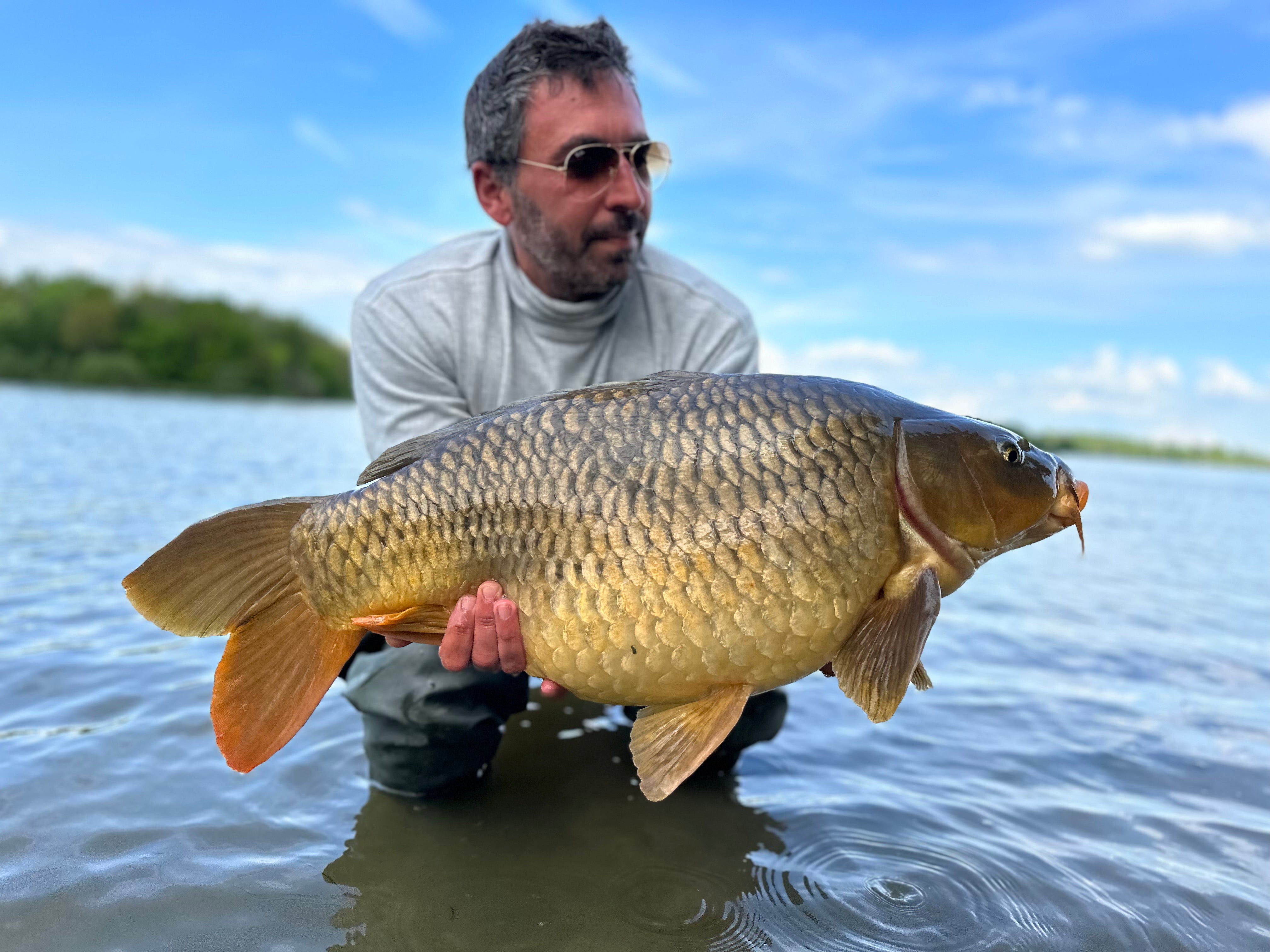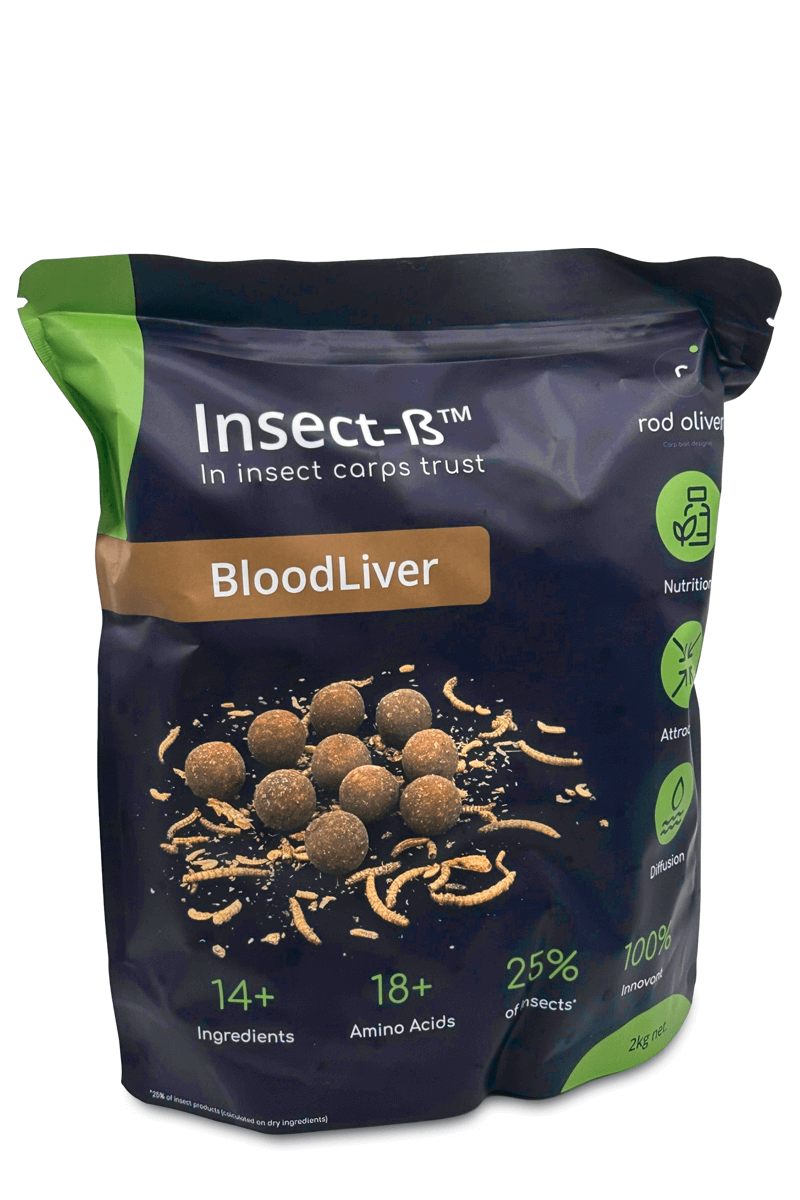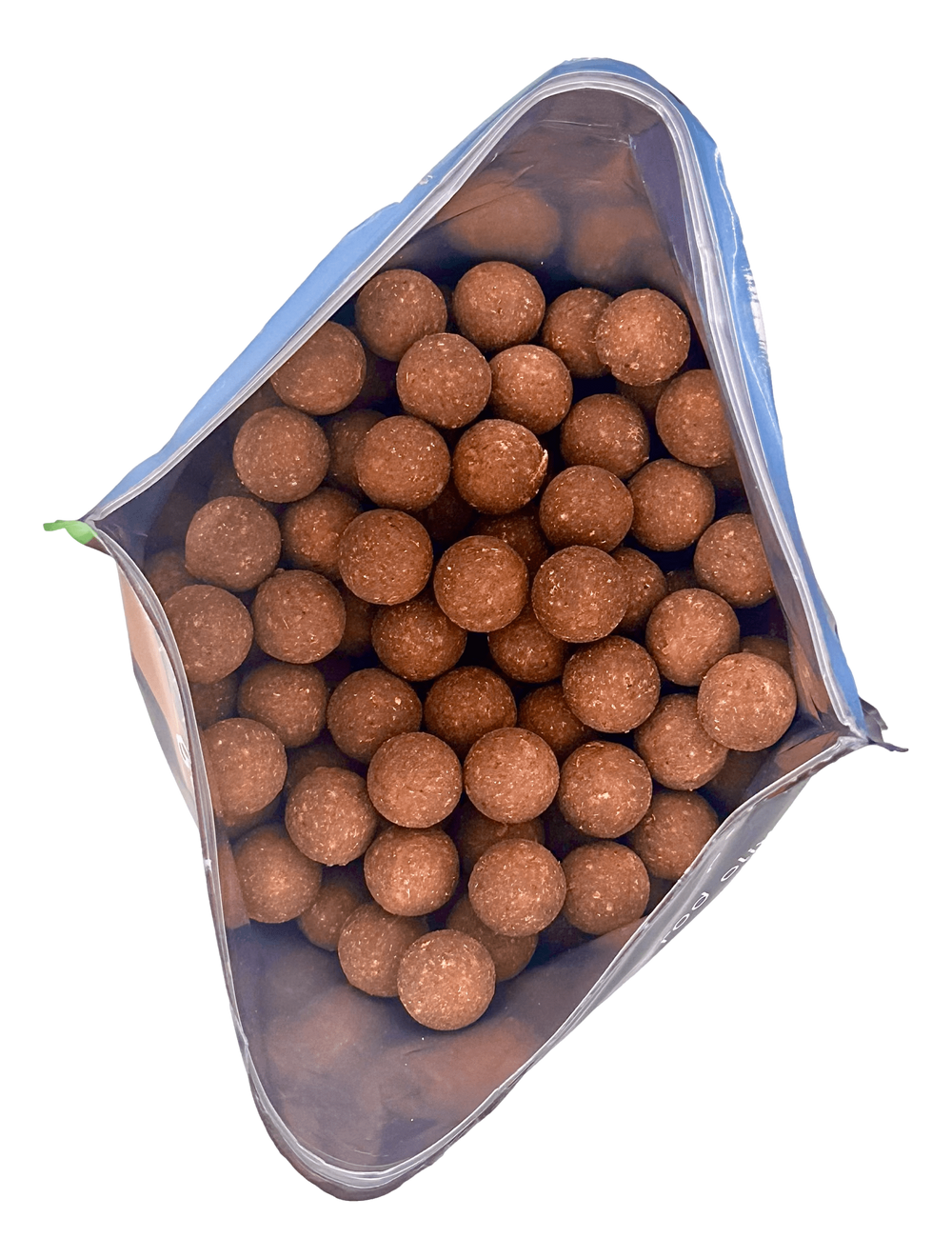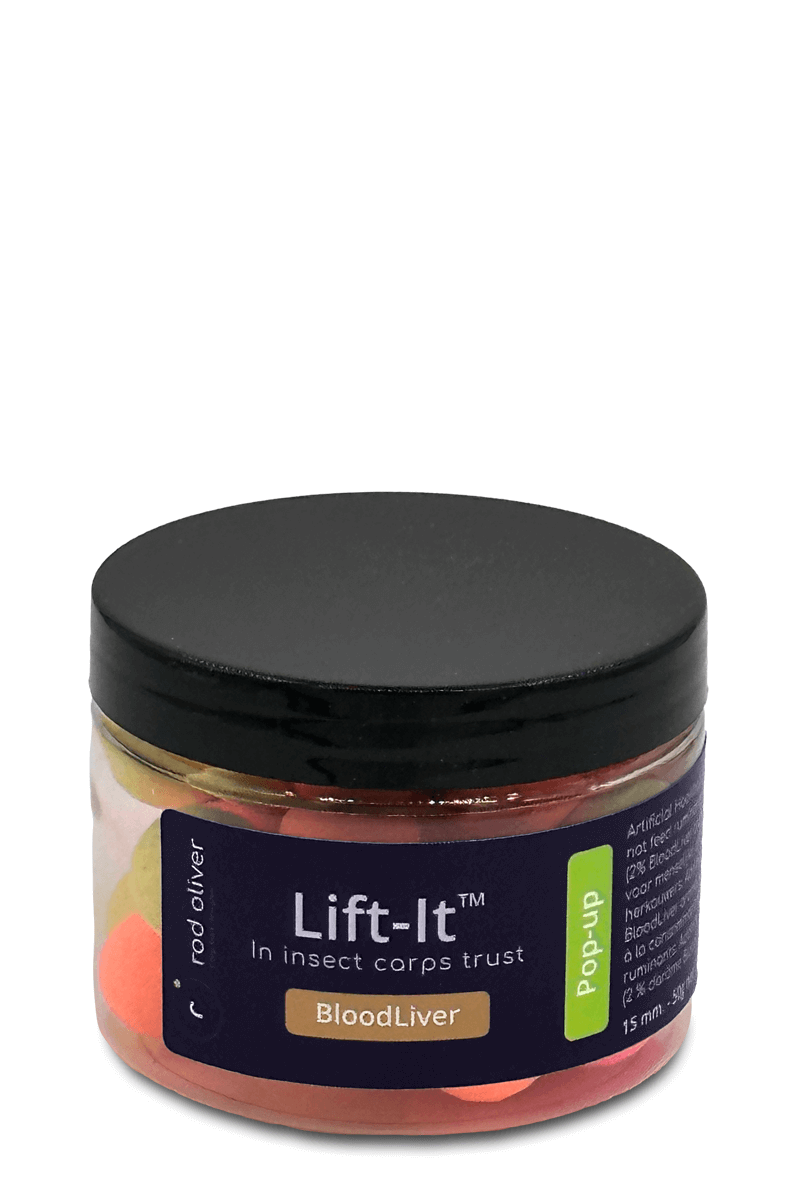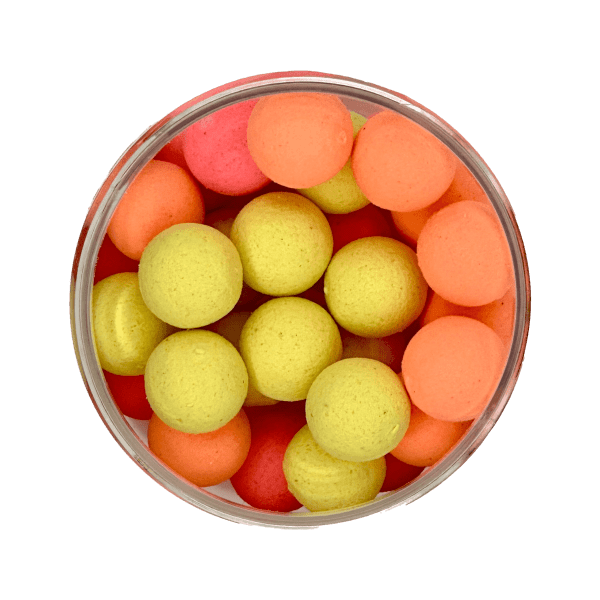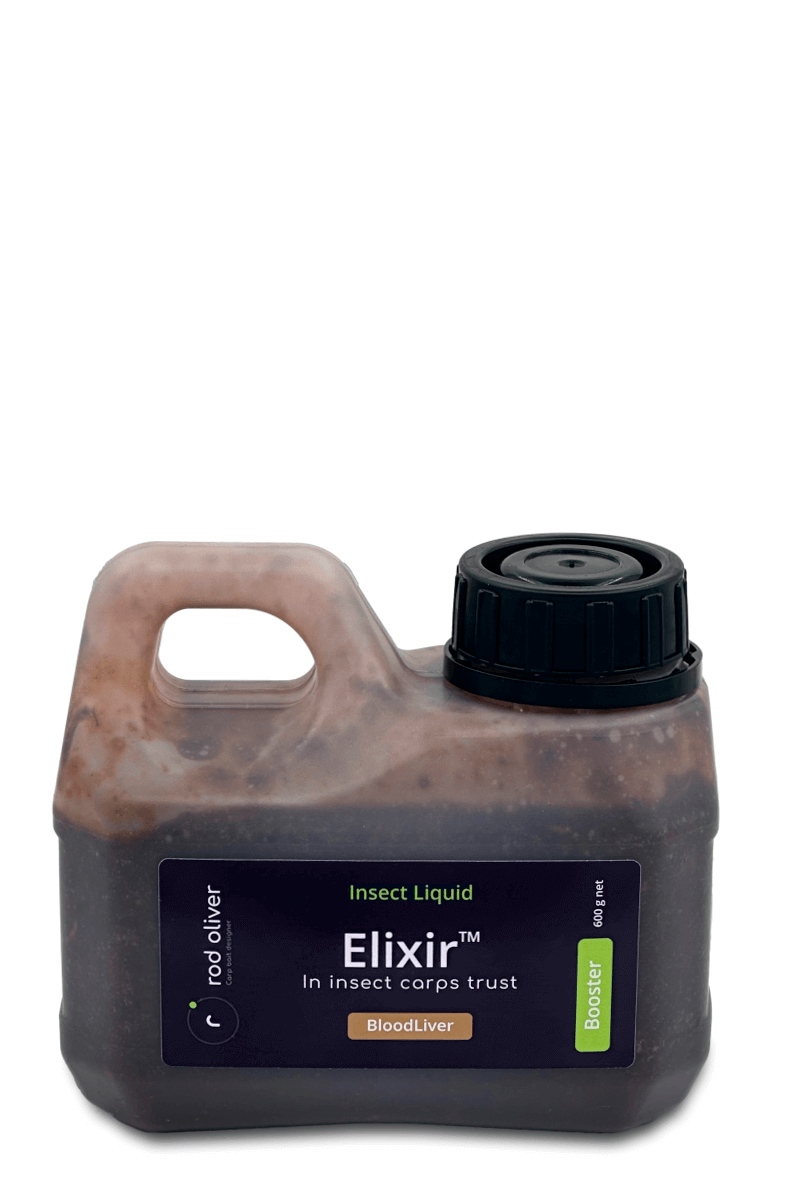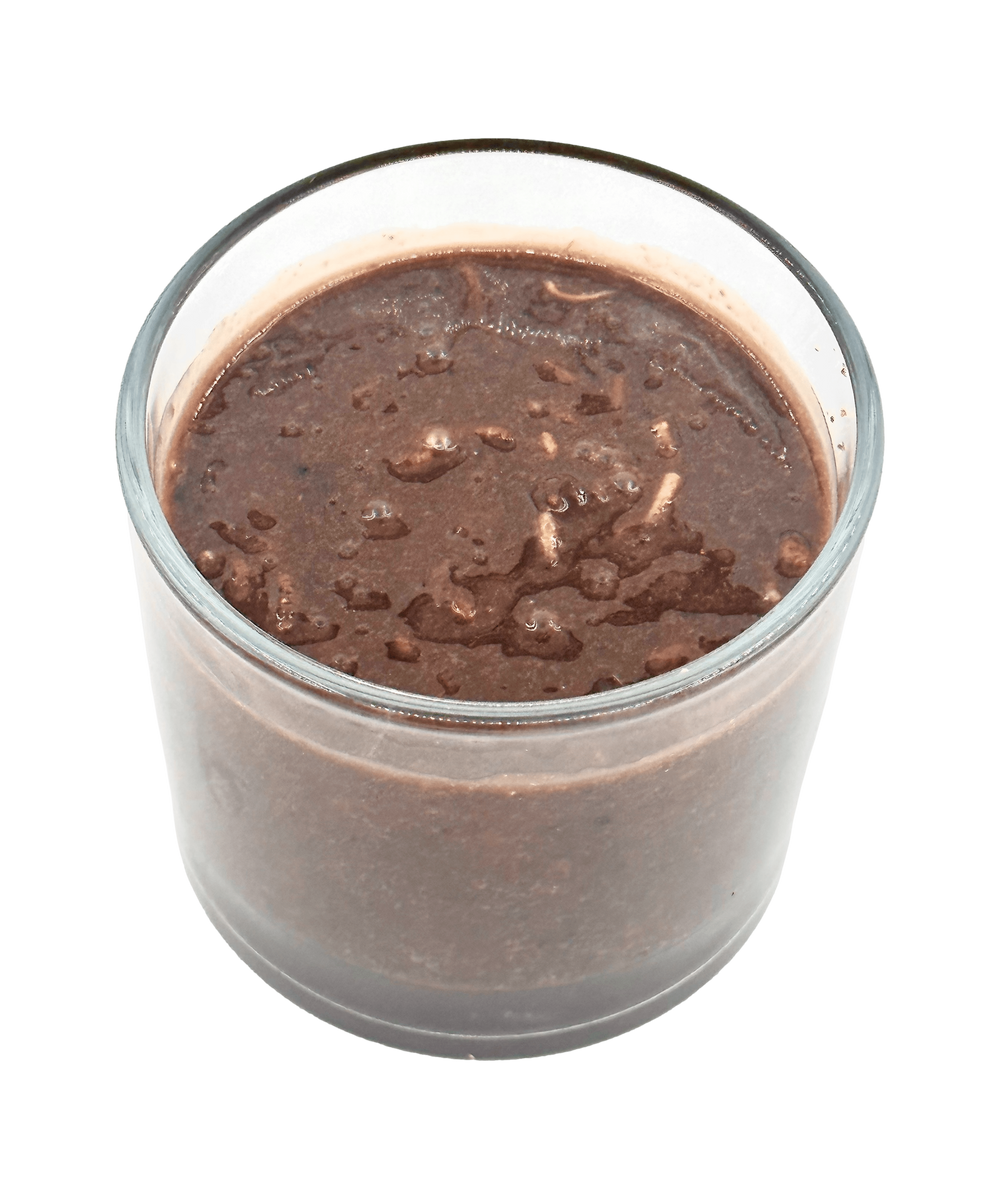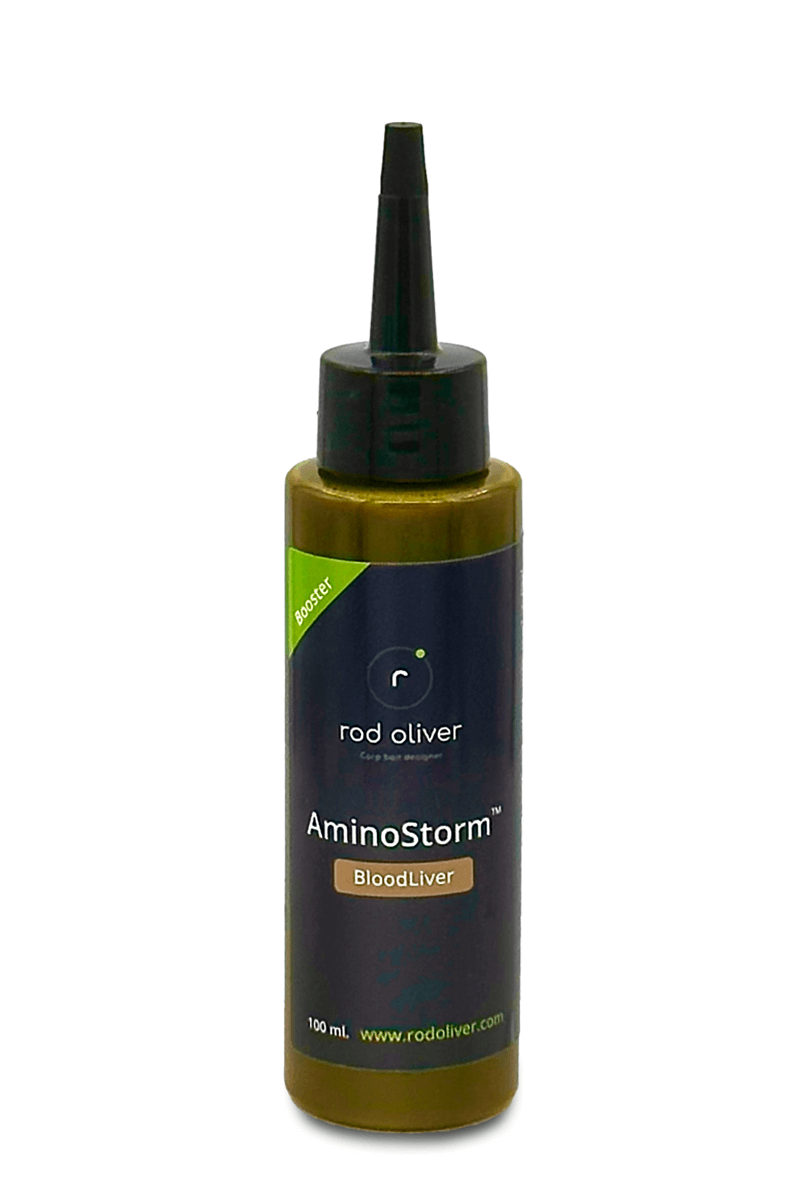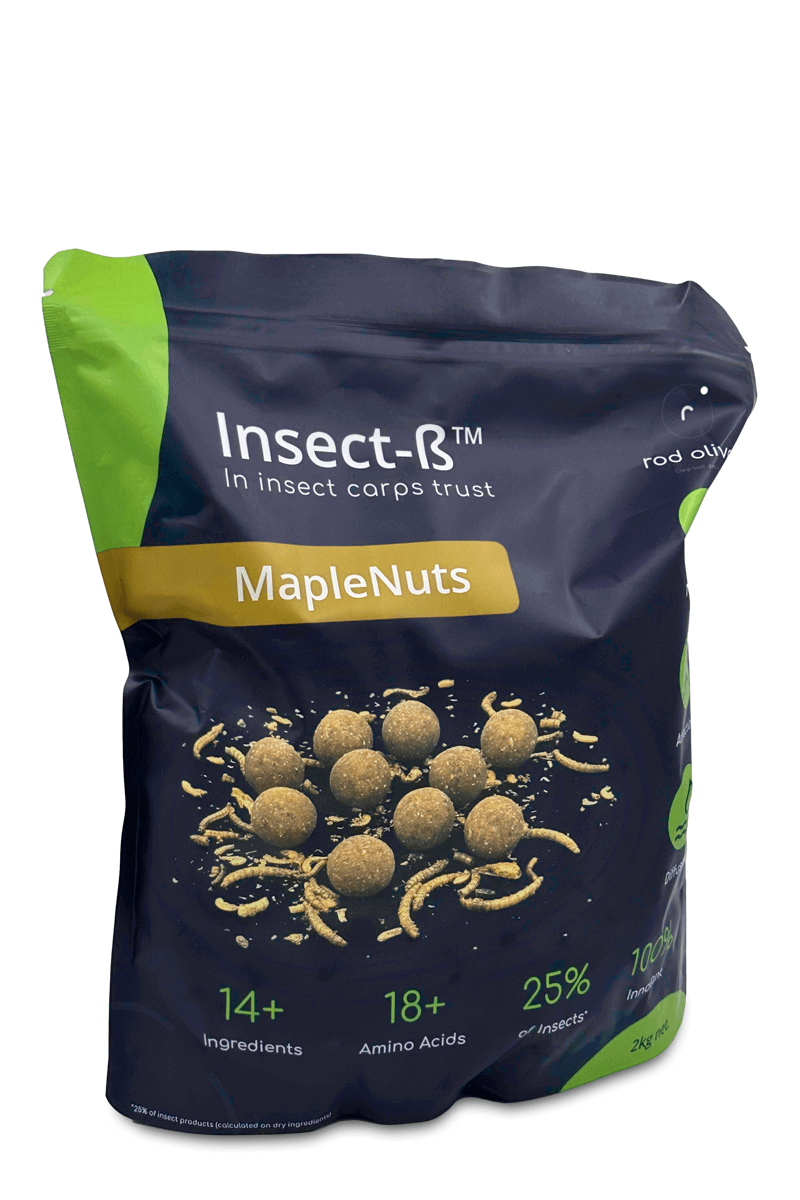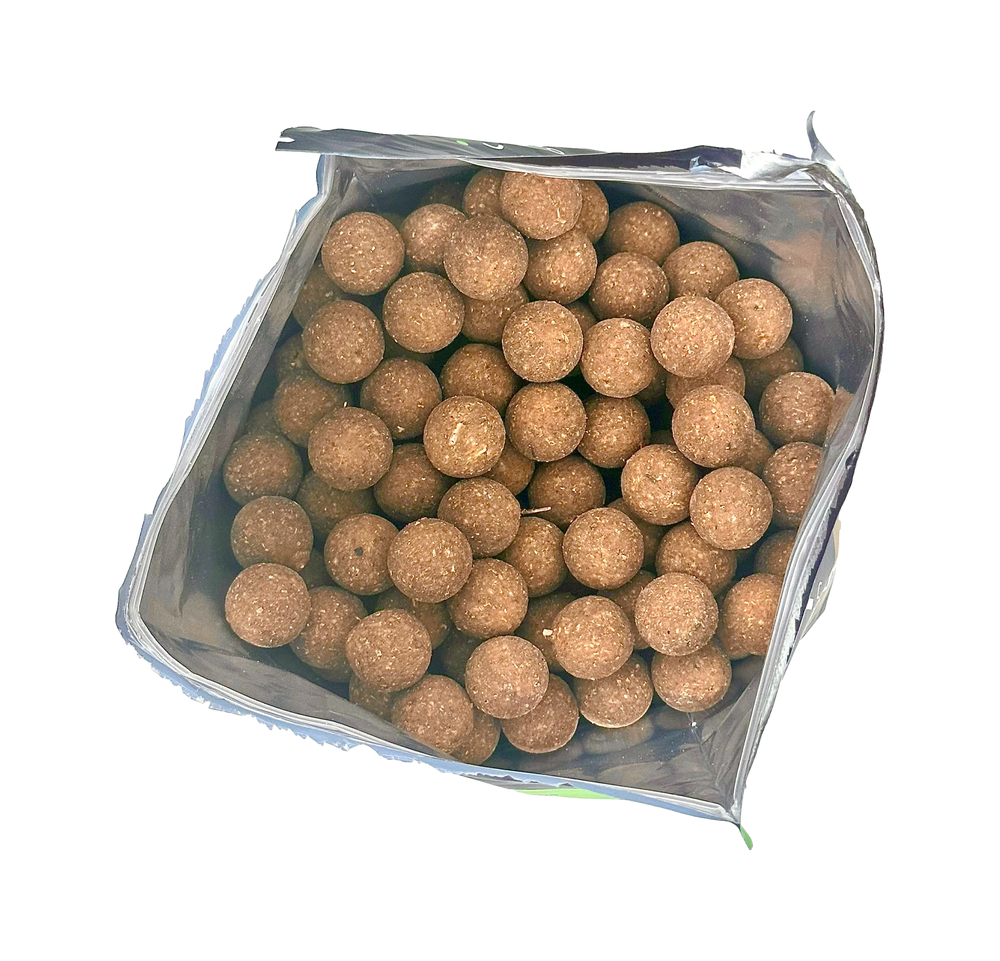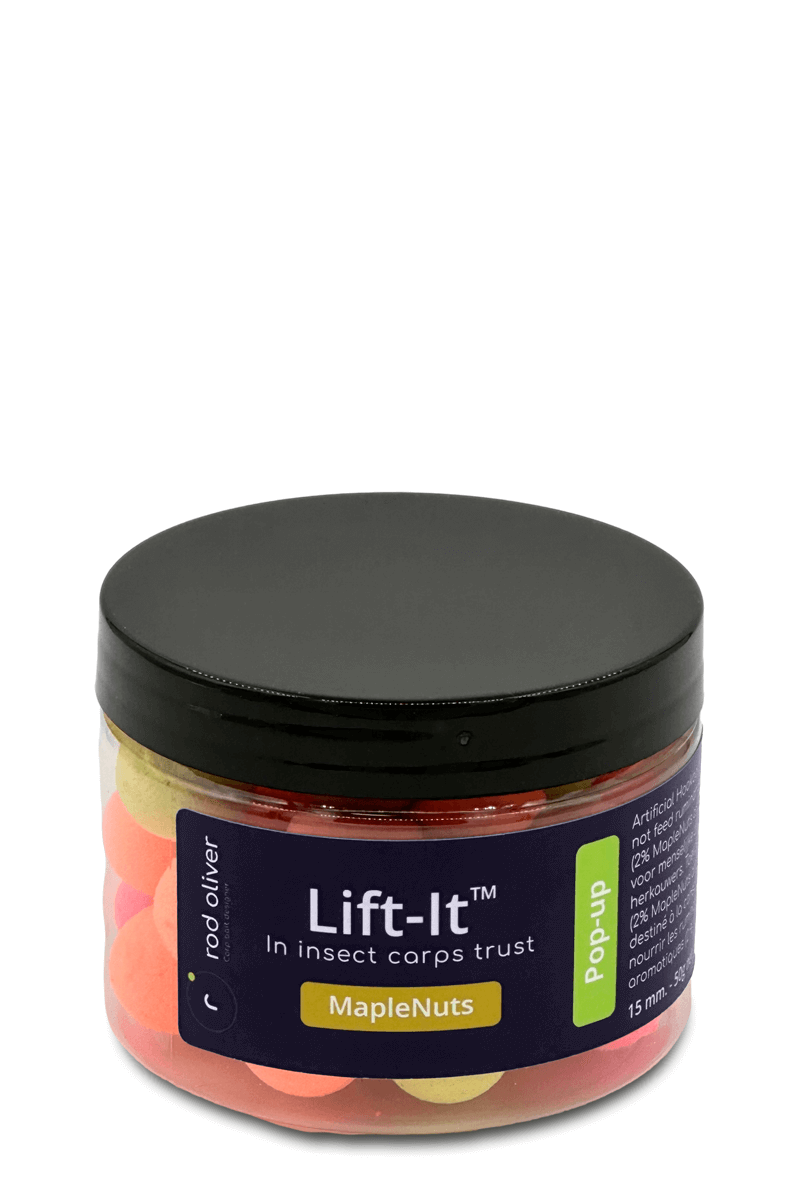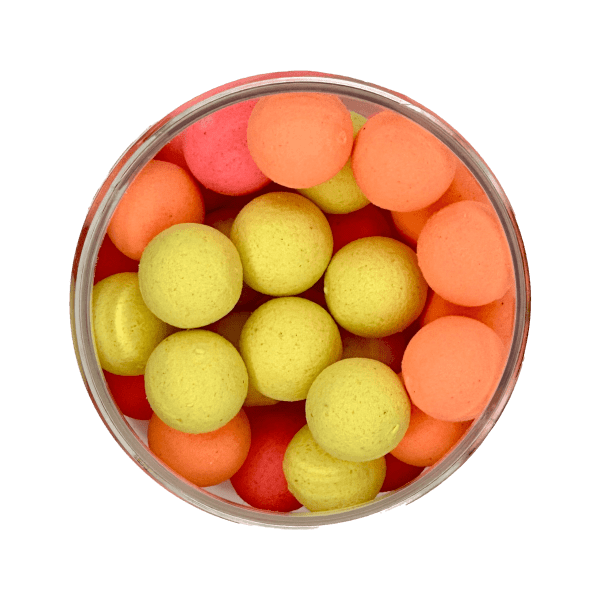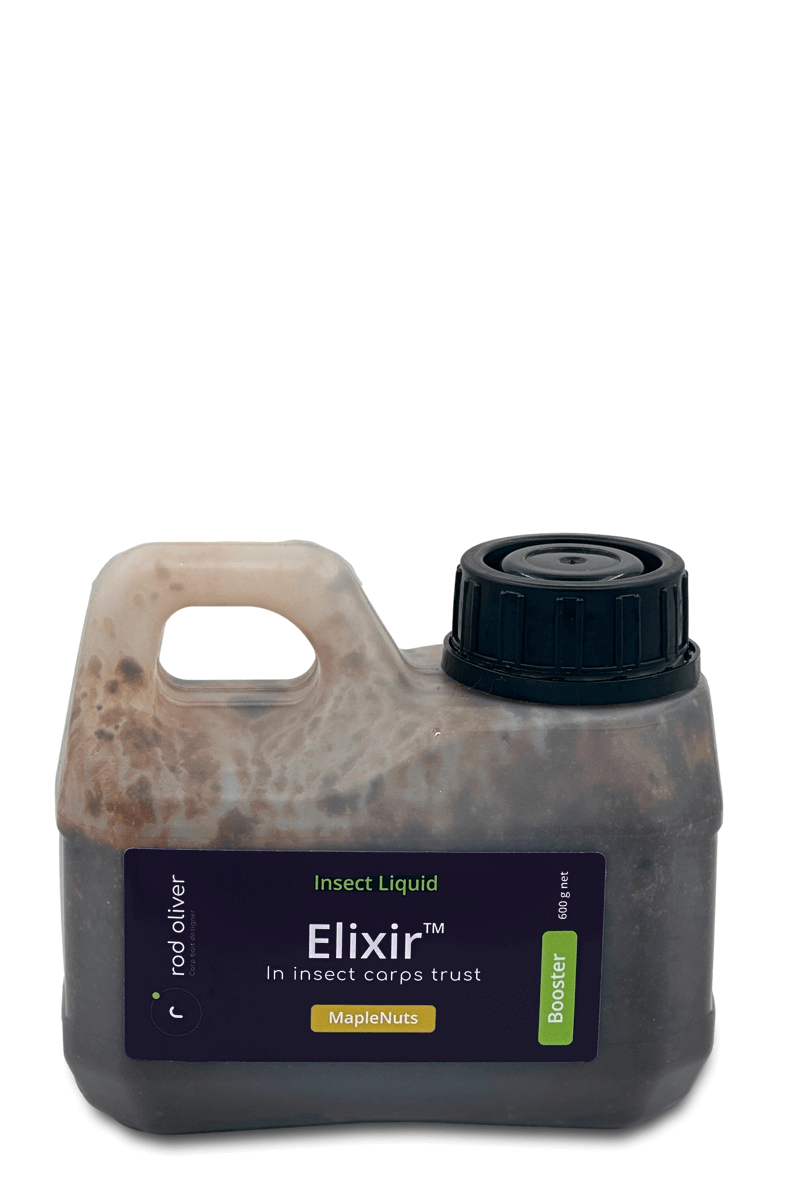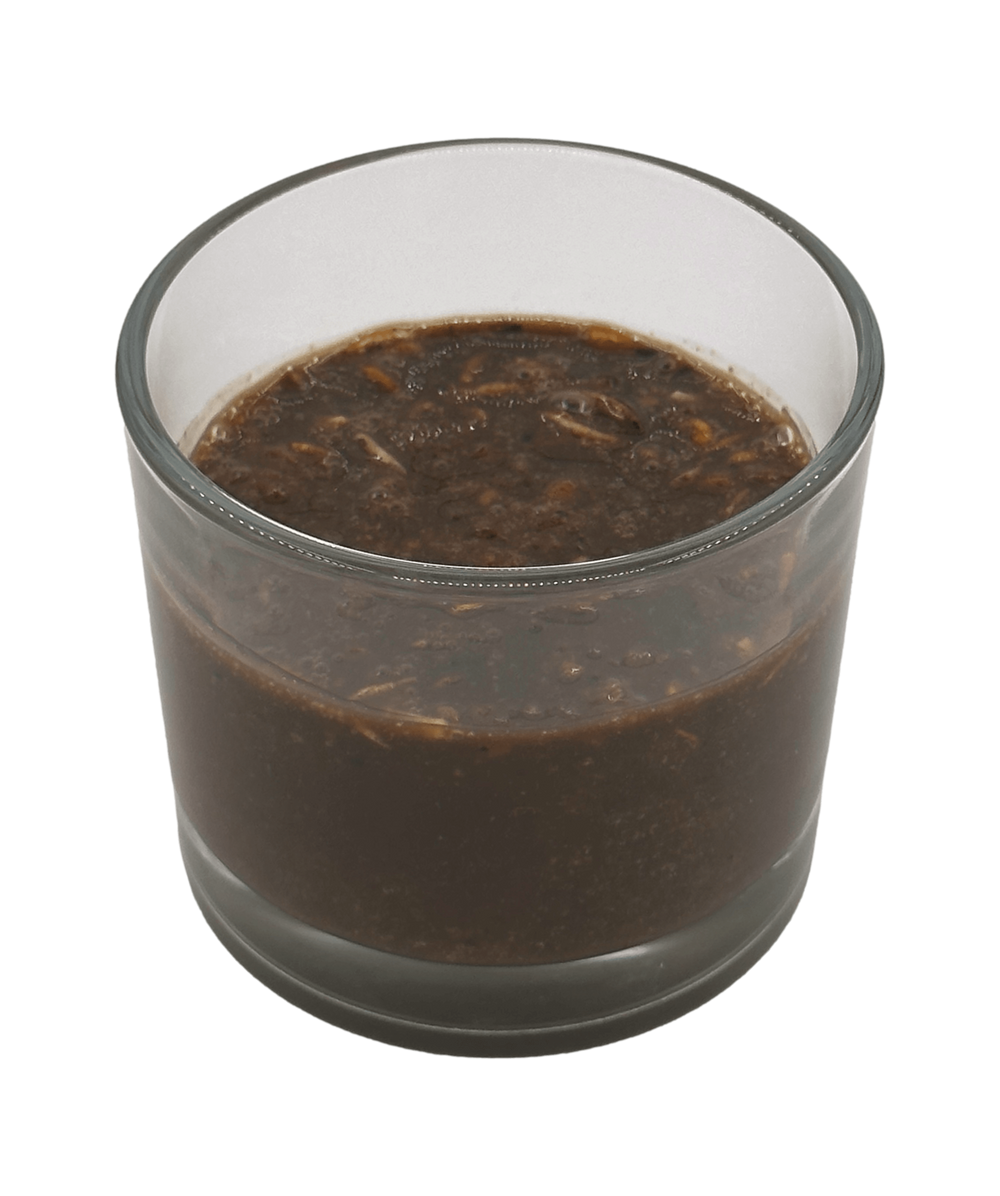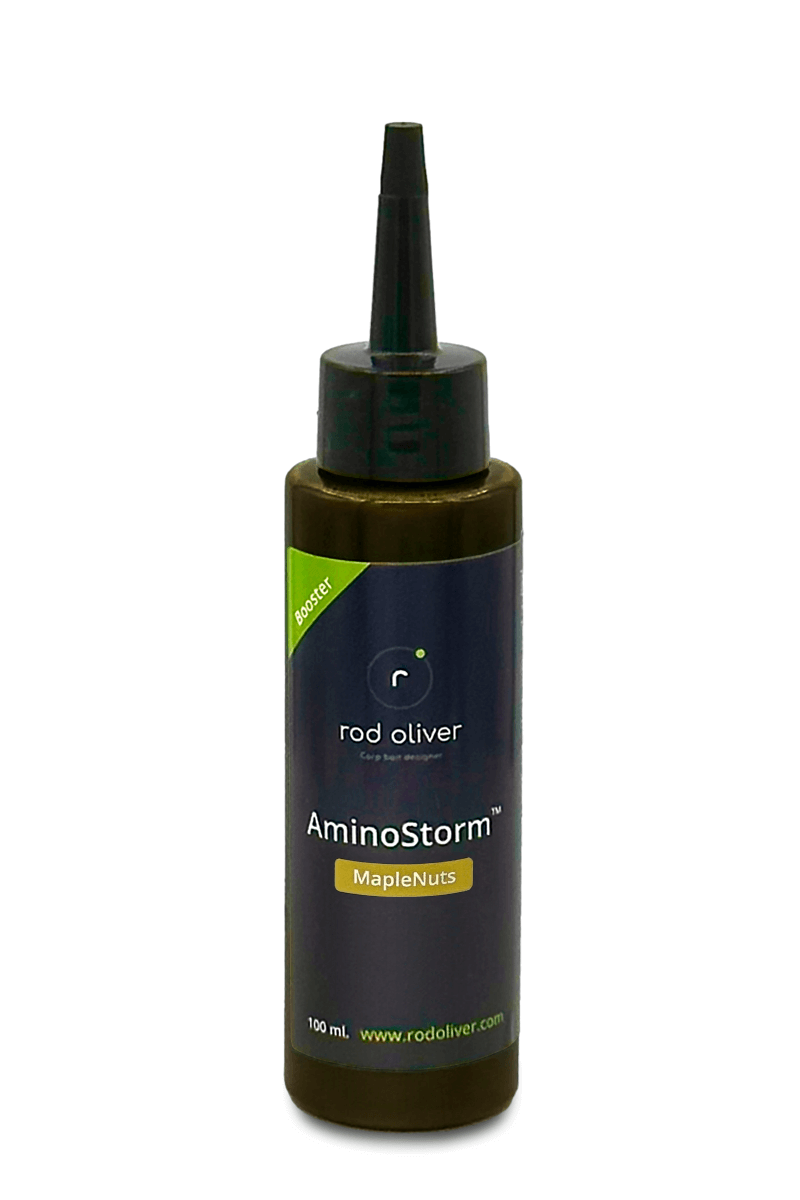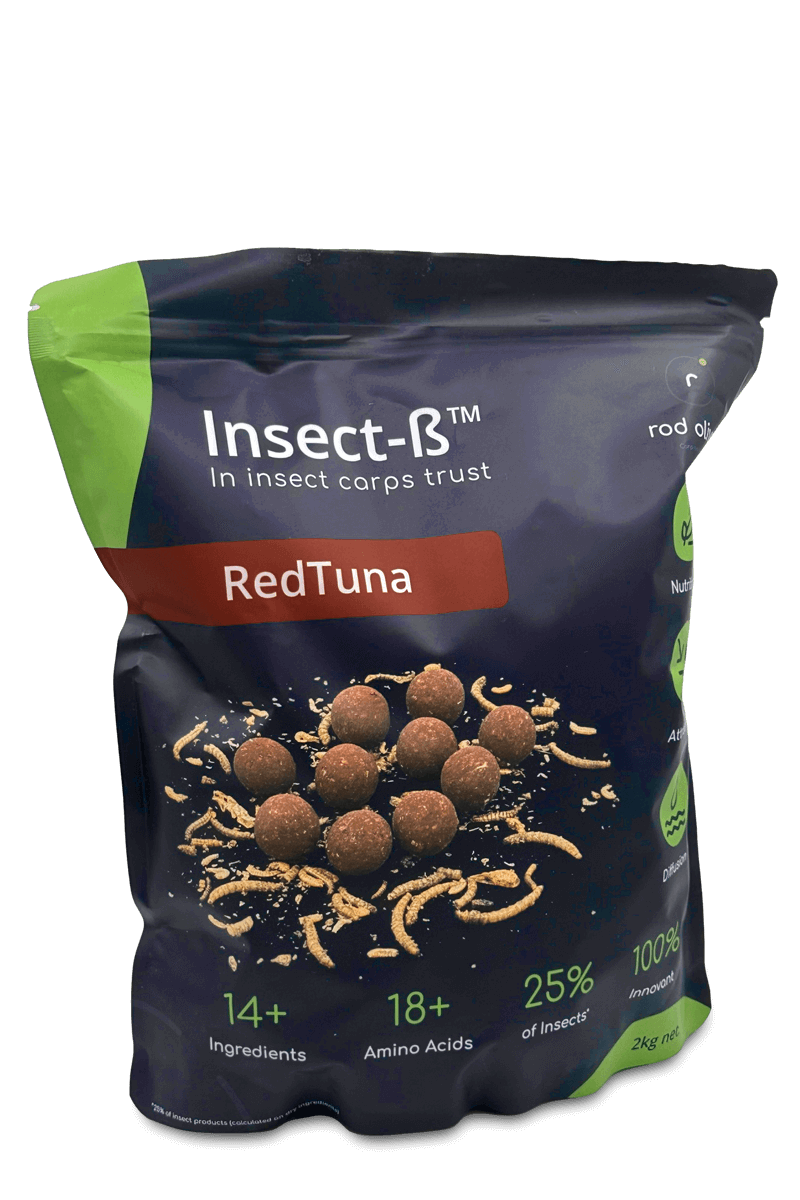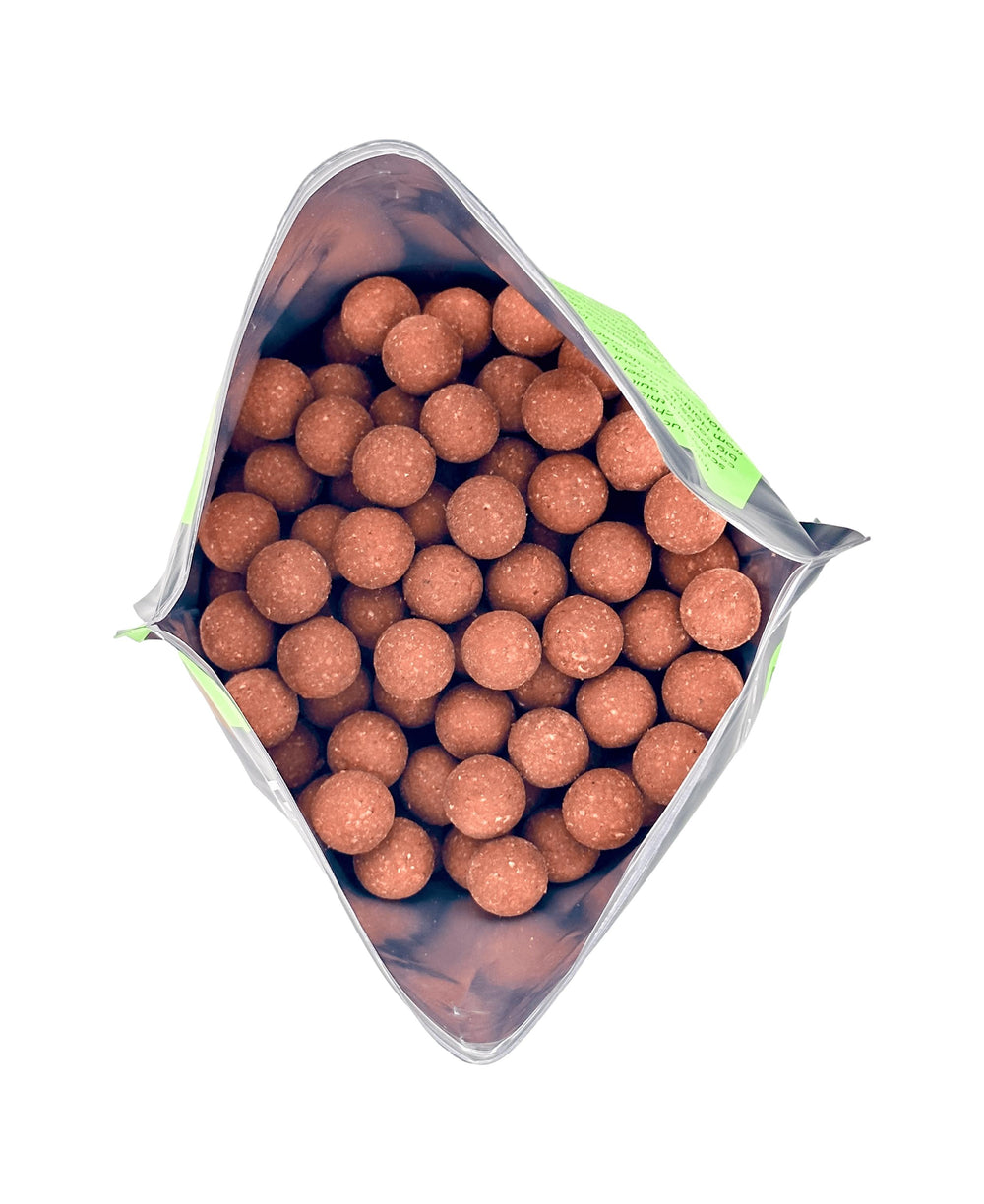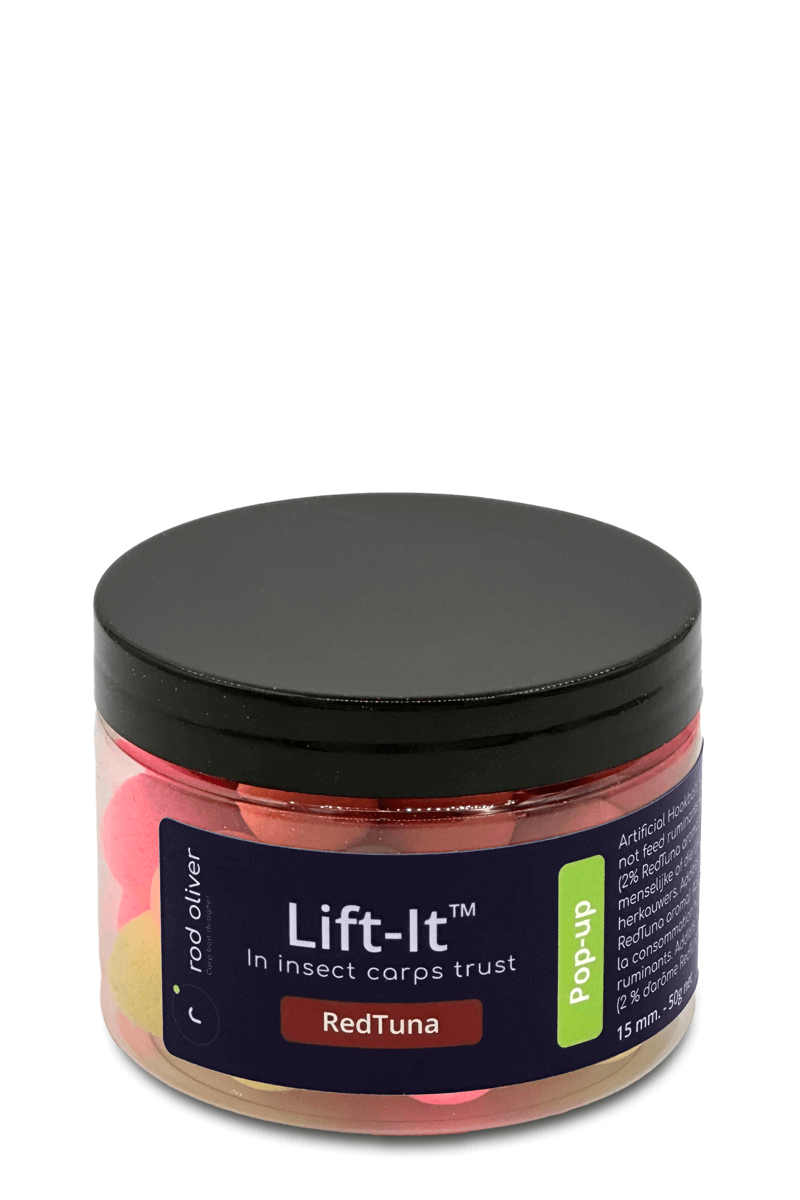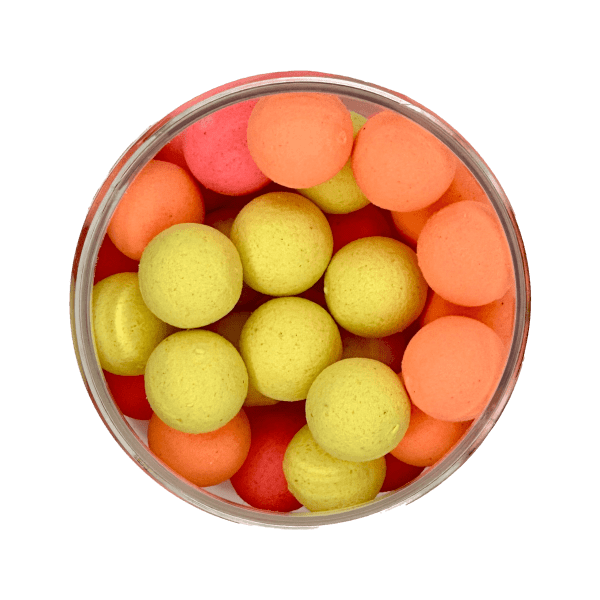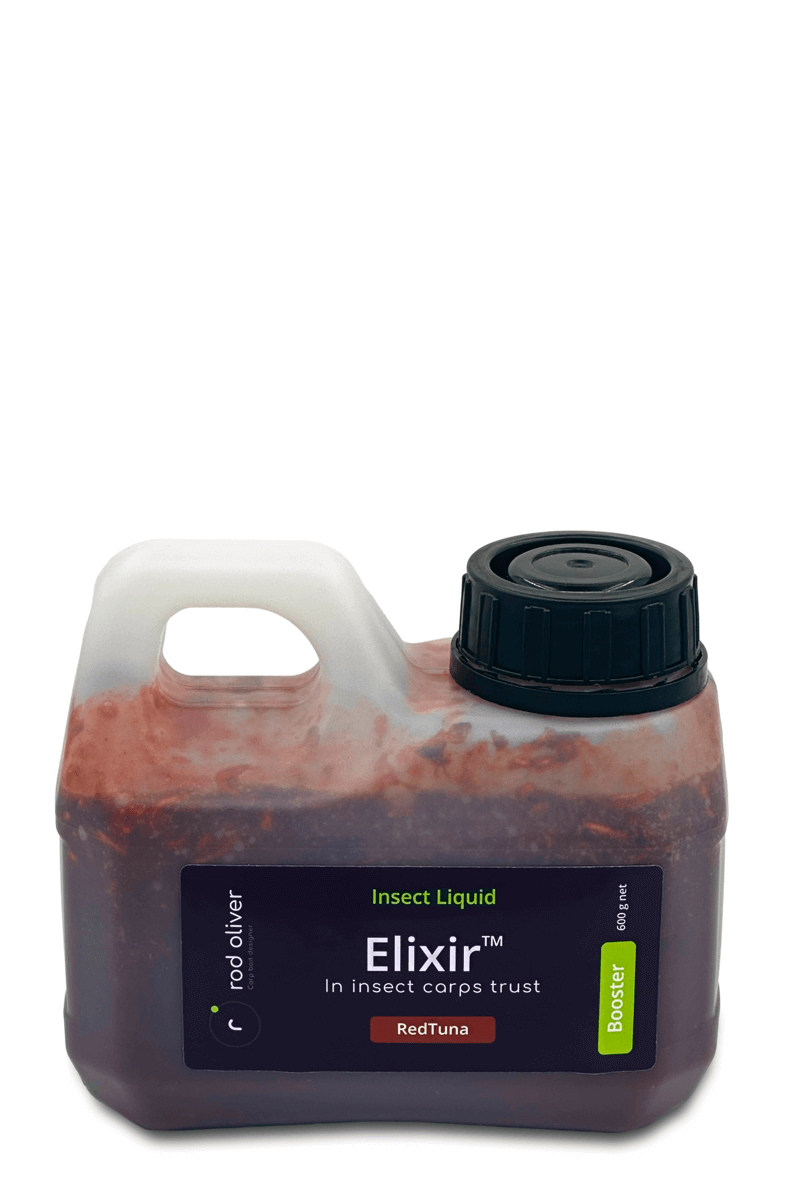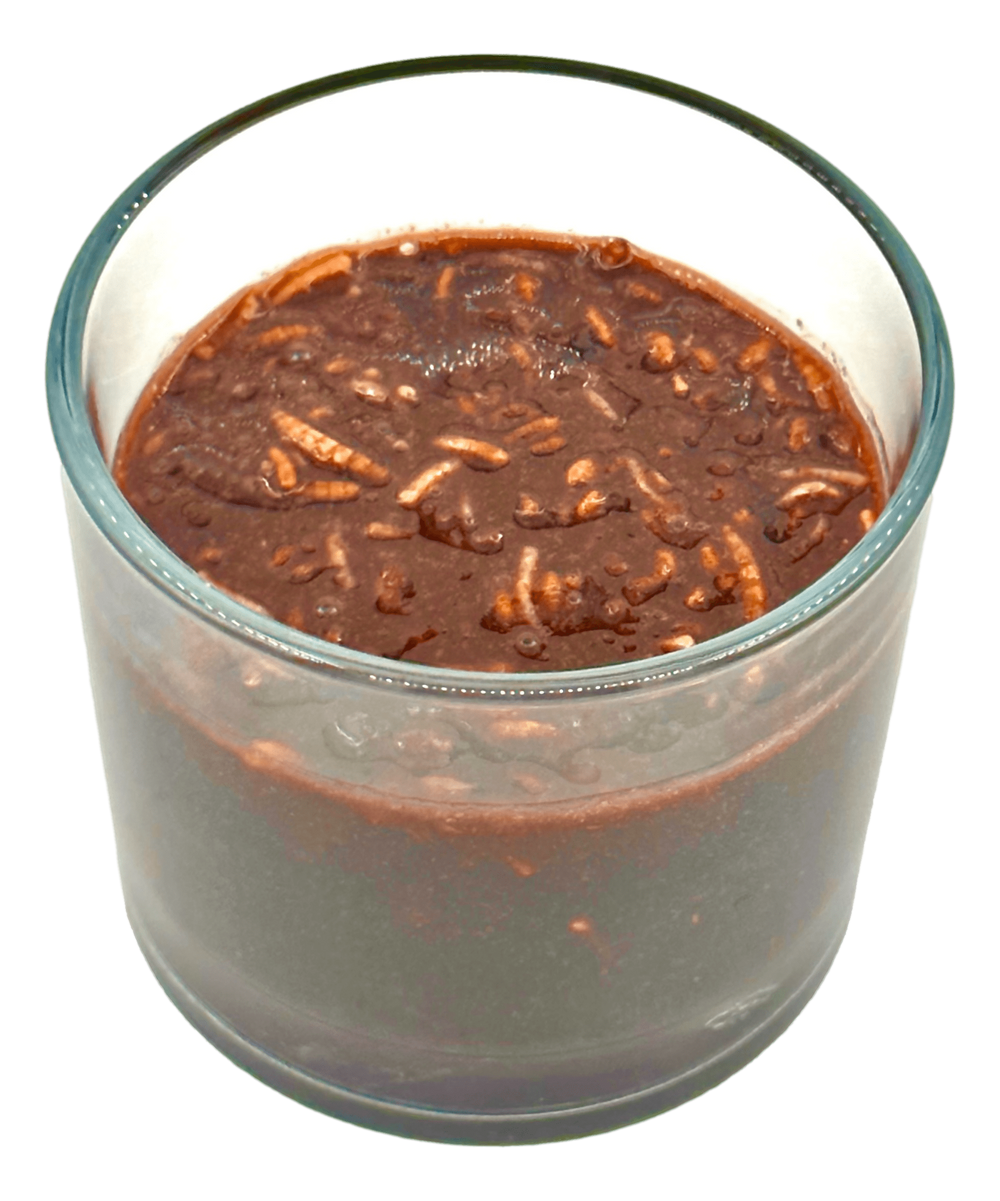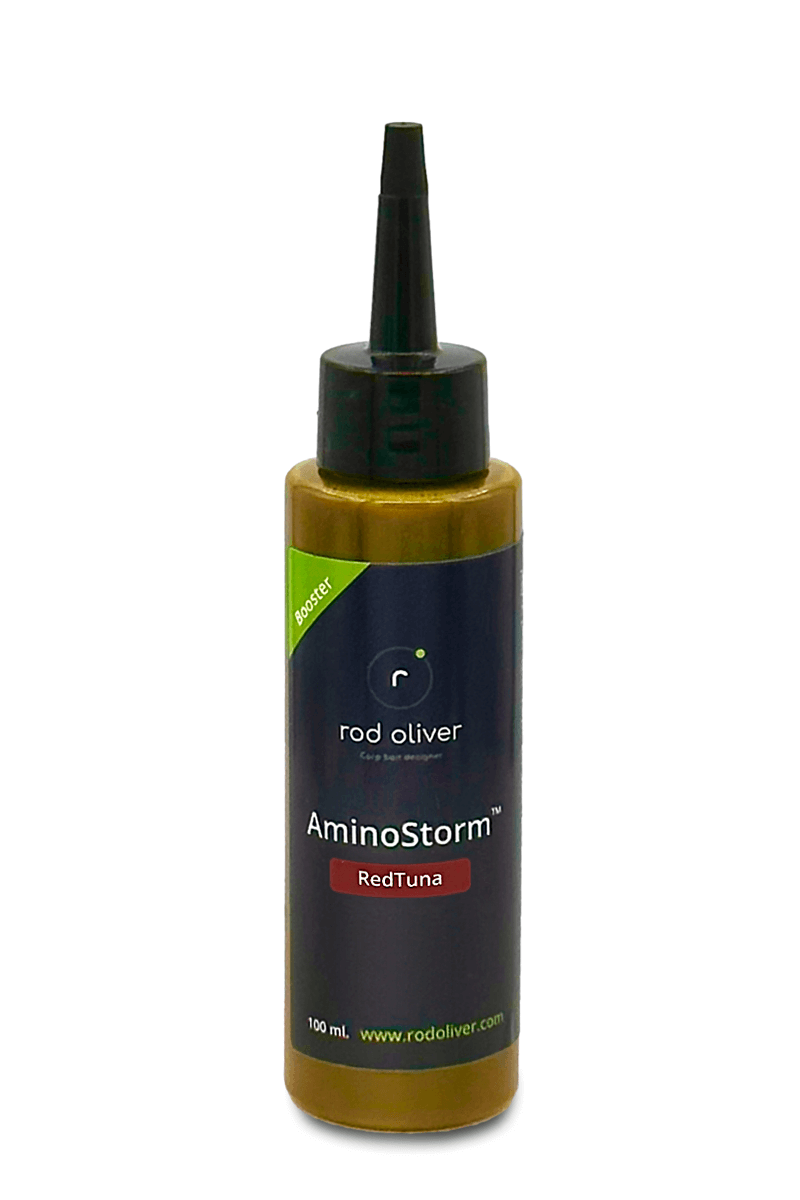The Best Seeds for Carp Fishing
There's more to a carp angler's life than just boilies! While boilies are the ideal bait for many reasons, seeds have always been, are currently, and will continue to be incredibly effective. Their variety is practically endless; however, it's unfortunate that many carp anglers wrongly limit themselves to just three or four types of seeds. In this article, we will provide you with comprehensive information about the most commonly used seeds, as well as many others that have been overlooked but are highly interesting. You will learn how to choose them, prepare them, and use them effectively for fishing. Carp anglers, don't overlook the use of seeds; you won't be disappointed. It's a boilies designer who recommends it!
Table of content
1. Introduction
2. Why Use Seeds for Carp Fishing?
3. Seed Preparation
4. Using Seeds for Baiting and Hooking
5. Different Types of Seeds
5.1 Cereals
5.1.1 Maize (Corn)
5.1.2 Wheat and Micro-Seeds
5.2 Legumes
5.2.1 Chickpea
5.2.2 Lupin
5.2.3 Maple Pea
5.2.4 Black-Eyed Pea (Cowpea)
5.2.5 Broad Bean
5.3 Oilseeds
5.3.1 Peanut
5.3.2 Tigernut
5.3.3 Hempseed
5.4 A Little Bonus: Pigeon Seed Mixes
6. Conclusion
1. Introduction
Long before the advent of the first boilies in the seventies, carp were caught using a wide variety of baits, including the famous potato, for example, but primarily seeds. These seeds offer numerous advantages: they are highly attractive (which is essential), quickly assimilated by carp as a food source, easy to obtain, cost-effective, and simple to prepare. Available in various varieties and sizes, the seeds used for carp fishing offer a playing field for experimentation as vast as that of boilies. In this article, we will review the different categories of seeds (not exhaustively): cereals, oilseeds, and legumes, to provide you with an overview. This text serves as a general introduction to the topic, laying the groundwork for future publications that will delve into specific seeds in more detail.
2. Why Use Seeds for Carp Fishing?
Seeds prove to be ideal for baiting, as they are instinctively recognized by carp as a food source, making them an excellent first-choice bait when approaching a new fishing area. The small size of seeds offers an attractive profile, typically providing a larger number of baits per unit weight compared to boilies. For instance, a kilogram of corn kernels will yield many more baits than a kilogram of 20mm boilies. You can get around 4000 kernels compared to only 400 boilies. This means that for an equivalent weight, carp will have access to a particle carpet ten times larger. This is precisely what makes seeds so appealing for baiting, as they encourage fish to remain in the area for an extended period, fostering food competition among fish and, in turn, stimulating carp. The goal of using seeds is to create a virtuous circle, sometimes even inciting the famous feeding frenzy.
Seeds can be used either on their own or in combination with boilies. However, one drawback of using them as hook bait lies in their lack of selectivity. In areas with abundant coarse fish, they can quickly turn a fishing session into a frustrating experience, with continuous bites from bream, tench, roach, for example. It becomes challenging to keep lines in order, especially at night when frequent awakenings are required to reposition lines properly.
This is why it's often more effective to use seeds as a complement to boilies. For instance, you can bait both with seeds and boilies, but only use boilies on the hook. Alternatively, you can employ a "trick" rig, meaning you place both boilies and seeds on the hair rig. This latter approach proves highly effective and can sometimes resolve complex fishing situations. Fishing is not an exact science, and continually reevaluating how you present your baits in the water is essential for consistent results.
3. Seed Preparation
Seeds offer undeniable advantages for carp fishing and are readily available, whether from agricultural cooperatives or specialized livestock stores, for example. Furthermore, their preparation is often relatively simple.
Each type of seed may require a specific preparation method, which we will detail later. However, you can generally remember that it is recommended to soak them in water for a period of 24 to 48 hours, preferably using water from the fishing location or rainwater. It's best to avoid tap water as much as possible due to the presence of chlorine and other chemicals used to make it potable. Although this may seem like a minor detail, it's important to remember that in fishing, small details can often make a difference.
Once this soaking phase is complete, a cooking time of approximately 30 to 45 minutes on average will make the seeds even more attractive. After these two steps, some of them can be stored for an extended period and gain flavor through the fermentation process.
4. Using Seeds for Baiting and Hooking
Seeds have the advantage of allowing for substantial baiting, covering large areas. Due to their lightweight nature, they don't sink into muddy substrates, making them particularly suitable for ponds with a thick layer of mud. However, in the presence of currents, it's essential to position them upstream. Smaller seeds, like wheat or hemp, are not suitable for rivers and fast-flowing streams. In such cases, it's better to use heavier seeds, such as giant maize, or incorporate them into well-compacted bait balls.
Because of their lightweight nature, seeds can pose challenges when baiting from a distance from the bank. Various methods can be employed to propel them to your fishing spot, such as a bait rocket, a catapult, incorporating them into groundbait, or even using a spod. Ideally, they are deposited using a boat or bait boat, which allows for unrestricted use in terms of distance and ensures precise baiting on the fishing area.
For optimal effectiveness, it's recommended to diversify the types of seeds used in baiting. The nutritional profile of seeds can vary significantly from one variety to another. By offering a mixture of seeds with different nutritional profiles, especially during extended baiting campaigns, you enable carp to fulfill all their nutritional needs, making your fishing spot more attractive over the long term.
5. Different Types of Seeds
5.1 Cereals
5.1.1 Maize (Corn)
Maize is the star seed in fishing, especially in carp fishing. It's important to note that there are over 3000 varieties of maize worldwide, and here we will present only a few of them; please accept our apologies for this limitation.
Maize is a widely cultivated cereal, making it abundant and cost-effective. Nutritionally, it is rich in fiber and B vitamins, low in sugar and saturated fat, while being packed with antioxidants.
In carp fishing, three different types of maize are commonly used:
-
Whole Kernel Maize: This is the classic choice, and it requires soaking for 48 hours, ideally followed by a 45-minute cooking time to make it burst and offer its maximum attraction. You can store it in an airtight container, where it will finish its cooking process. We recommend using natural maize, but you can add honey, molasses, colorants, or flavors during the soaking phase. Be sure to check the water level regularly, as the kernels absorb a lot of water. Whole kernel maize stays securely on the hair rig for extended periods, but it's not selective and attracts all kinds of fish.
-
Cracked Maize: This is whole maize that has been crushed. It also needs to be soaked in water and lightly cooked to release its full attraction. Of course, it cannot be hooked directly, but it can be used in a PVA bag, stick, or added to a stick-mix, which can be interesting.
-
Sweetcorn: This variety has the advantage of requiring no preparation and can be used directly. It is sweeter than regular maize, highly attractive but fragile. It's not ideal for long-distance carp fishing, but it can be used for close-range baiting or in a stick. If you want to use it on a hair rig, it's better to boat it out to avoid it coming off during the cast. It is formidable and easy to use for methods like float fishing for carp, where its fragility is not an issue.
-
Giant Maize: This variety is less commonly used by carp anglers; however, it has its merits. With its XXL size, it is more selective than regular maize and allows for baiting at longer distances. It's a different bait that can be useful in overfished waters or during extended competitions. The preparation is the same as for regular maize. As it's slightly less odoriferous, adding honey or CSL can enhance its attractiveness.
5.1.2 Wheat and Micro-Seeds
These seeds are very small and lightweight, making them suitable only for calm waters or for incorporation into a stick-mix, for example.
-
Wheat: Match anglers often use it and know it is very effective in attracting carp, to the extent that these fish can sometimes break their lines and completely clean out baited areas. However, carp anglers tend to avoid using it, which is a mistake, as it can genuinely excite the fish. The main drawback of wheat is its short immersion duration; it tends to rot quickly. Therefore, it's best to use it immediately after preparation, which involves soaking for 24 hours followed by a 20-minute cooking time. It can be interesting to incorporate wheat into a stick-mix, for instance.
-
Millet, Oats, Kamut, Barley, Quinoa, Buckwheat, and Spelt: All these cereals are considered micro-seeds, and they are particularly interesting because carp can spend many hours searching for them on the spot. By mixing them into groundbait or a stick-mix, they can really make a difference in challenging fishing situations. Each of these cereals requires soaking and cooking for approximately 30 to 60 minutes. They complement each other as they have different nutritional profiles. For example, kamut and spelt are rich in protein, while barley, rye, and buckwheat have significant carbohydrate content. Lastly, oats are higher in lipids.
5.2 Legumes
5.2.1 Chickpea
Here's a forgotten seed that many carp anglers overlook, and it's a mistake. Chickpeas are rich in readily assimilable carbohydrates and proteins. Moreover, these seeds are inexpensive and can be found in any supermarket. Chickpeas are quite dense and cast well with a slingshot, making them useful for baiting. Chickpeas can be used as they are after soaking for 48 hours and cooking for 45 minutes. Since these seeds have a neutral flavor, they are ideal if you want to add aroma and color.
5.2.2 Lupin
Lupin is a plant belonging to the legume family, primarily native to North America and Europe. This seed is rich in proteins and essential nutrients, including minerals and amino acids. Lupin is widely underestimated for carp fishing, yet it has a good nutritional profile and is selective in size. When used for baiting, it is best combined with maize and hemp.
Preparation:
- Soak for 48 hours in a large volume of water (lupin absorbs the most water, so use 4 liters for 1 kg).
- Cook for 30 minutes (slightly less for seeds intended for hookbait) in clean water to remove some of its bitterness.
5.2.3 Maple Pea
The "maple pea" is harder to find than other seeds in this article, but it's worth it. Easy to prepare with a 30-minute cooking time after soaking for 24 hours, it can be stored in its cooking juice and ferments like tiger nuts, improving its appeal. Maple peas are similar in size and shape to small boilies (between 8 and 10 millimeters), they are sturdy and stay well on the hair, making them suitable for hookbait. They are low in fat (less than 1%) but rich in carbohydrates, around 15%. Maple peas have a strong odor that can help you have a bait that stands out from other carp anglers.
5.2.4 Black-Eyed Pea (Cowpea)
Here's a seed that will set you apart from the competition. This bait is rarely used, yet it can make a difference, especially for baiting. Its bright white color will strongly contrast with the bottom, especially on a dark substrate. Experimenting with contrasts, such as baiting black-eyed peas along with hemp or maize, can be an interesting approach.
Its composition is also a compelling argument, as it is particularly nutritious, containing 50% carbohydrates and magnesium. Carp may appreciate it during spawning when their nutritional needs are high to recover from this intense period.
For preparation, simply soak the black-eyed peas for 12 to 24 hours and cook them for about twenty minutes. After letting them rest in their cooking juice, they are ready to use.
5.2.5 Broad Bean
Broad beans have the unique characteristic of being rich in minerals (particularly potassium and phosphorus) and vitamin C. This seed used to be the secret weapon of old-school anglers for catching big carp. Although it has fallen into obscurity, it remains a suitable bait because of its large size, good hair-grip, and reasonable selectivity. It's an bait to consider bringing back into your angling arsenal.
Preparation:
- Soak for 48 hours in plenty of water as they will swell significantly.
- Cook for 20-30 minutes.
5.3 Oilseeds
5.3.1 Peanut
With its high oil content (50%), peanuts are highly nutritious. Their carbohydrate richness makes them an energy source, and they are also rich in vitamin E. Despite their high lipid content, peanuts are effective as bait throughout the year. It's important to note that peanuts can contain a toxin called aflatoxin, which is not destroyed during cooking. Therefore, it's essential to use peanuts sparingly when baiting. Peanuts have low density, making them suitable for baiting in muddy areas as they won't sink into the substrate. However, they have a major drawback: they do not keep well, usually lasting only three to four days (or you can freeze them).
Preparation is quick:
- Soak for 24 hours.
- Cook for 15 minutes.
5.3.2 Tigernut
An essential bait for carp fishing, tigernuts are technically tubers (not seeds) and are well-balanced in terms of nutrition, with approximately 25% fat, 20% protein, and 20% carbohydrates (sugar and starch). It's recommended not to overuse them during baiting to avoid oversaturating the fish. Tigernuts are hard and selective, making them an excellent choice not only for baiting but also for hookbait.
Tigernut Preparation:
- Soak them generously in water, adding preferably whole sugar to aid fermentation (200 grams per kilo of seeds), and leave them for 48 hours.
- Cook for 30 to 40 minutes.
- Put the tigernuts with the cooking juice (important) in an airtight container.
- Let the magic of fermentation work.
- After three to four days, a syrupy liquid will appear, eventually turning into an alcoholic mixture over time.
- Through fermentation, tigernuts can be preserved for months and will become increasingly attractive.
When baiting, as with all seeds, it's wise to mix them with others like maize and hemp. Ideally, tigernuts should represent approximately 20 to 30% of the mixture.
5.3.3 Hempseed
We saved the best for last. Hempseed, along with tiger nuts and maize, is probably one of the most effective seeds for carp fishing. Hempseed is a true carp magnet and has the most potential to create a feeding frenzy. Its high oil and protein content contribute to its attractiveness. It is recommended to add hempseed oil once the seed is ready to be used. This oil has the unique property of not solidifying in cold water, so it can be used year-round.
However, hempseed has a few drawbacks:
- It doesn't store well and should be used within 3 or 4 days after preparation (or frozen).
- Due to its size, it's not recommended for use in strong currents or for long-distance fishing without a boat, unless incorporated into compact bait balls.
- It's not selective, and other fish also love it.
After soaking for 24 to 36 hours, here are the steps to cook your hempseed:
- Pour the hempseed and its soaking water into a saucepan.
- Bring the water to a boil.
- Boil for 15 minutes.
- Turn off the heat.
- Let the mixture cool in its soaking water.
5.4. A Little Bonus: Pigeon Seed Mixes
Pigeon seed mixes are an excellent option for carp anglers who want to fish with a variety of seeds without having to select them individually. You can easily find them in pet stores and even supermarkets. Their compositions vary from one manufacturer to another, but you will often find the same basics, including wheat, maize, barley, fava beans, yellow peas, green peas, and rapeseed.
For preparation, simply soak them for 24 hours and cook for 30 minutes.
6. Conclusion
Seeds are essential baits for carp fishing and are ideal when used in conjunction with boilies. Every carp angler should bring them on every outing because they can be incredibly useful, especially for baiting.
Seeds are interesting for several reasons:
- They are attractive (remember to keep the cooking juices to moisten your groundbait).
- They are nutritious.
- They are easy to use.
- They are cost-effective.
They may have some drawbacks, but nothing that cannot be overcome. For seeds with short shelf lives, freezing is an option. For long-distance baiting, you can use a bait boat and place them in a PVA mesh bag or stick mix with salt to prevent the PVA from melting.
Seeds are a vast subject of experimentation that cannot be fully covered in a single article like this one. We will write more articles in the future that go into detail on the seeds we find most interesting.
rod oliver
